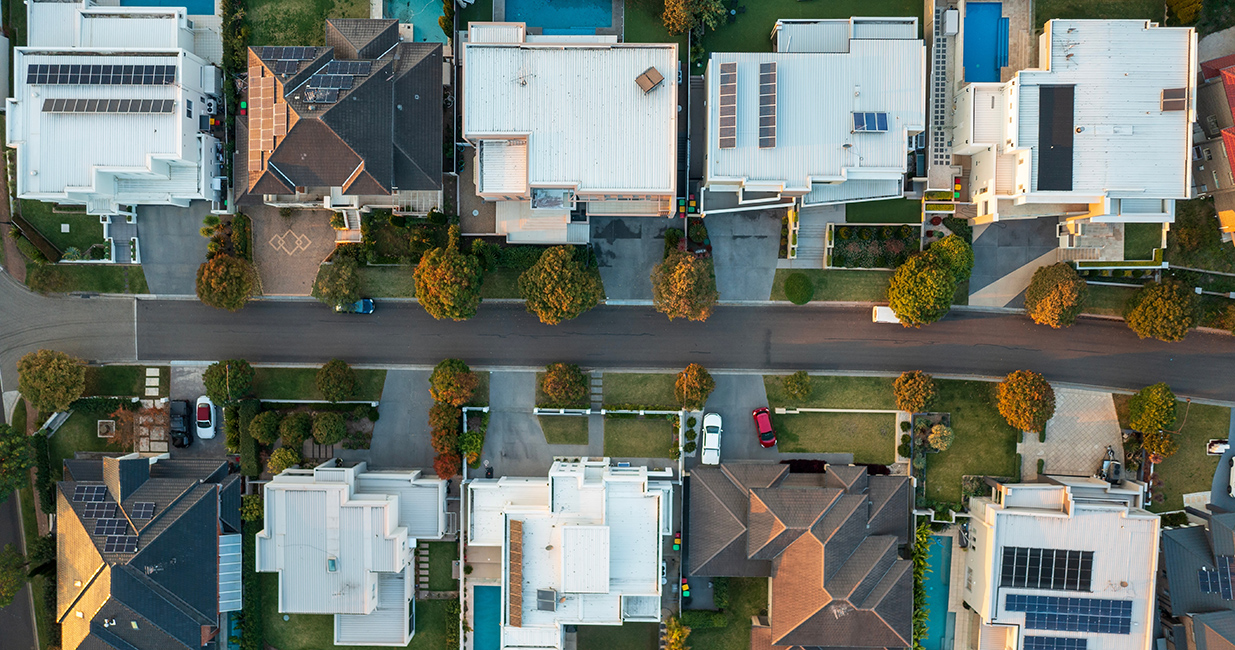
Diversity and dark green spread Firstmac’s lending load
As the Australian nonbank name perhaps most closely associated with the prime mortgage market, Firstmac has had to respond to a tough market for this type of credit. James Austin, Firstmac’s Brisbane-based chief financial officer, updates on new types of lending and the drive for ‘dark green’ origination.
Firstmac’s traditional core lending market is prime mortgages, which everyone acknowledges is challenging at present. To what extent have you sought to diversify the origination book in response?
For the past three years, our approach has been to diversify our product mix in a way that grows margin, as opposed to just pure growth. We have been doing that through being more generous on product but remaining very tight on credit. We aren’t interested in lending outside the fully verified prime space.
We have diversified into products like SMSF [self-managed superannuation fund] mortgages, using our quality credit to write higher LVR [loan-to-value ratio] loans and take a risk fee on them. The other area is autos – again, holding our credit standards but diversifying into other product areas.
Looking at the other listed nonbanks’ most recent results reporting, the diversification strategy has probably been a bit slower for us. But it is gathering pace and it certainly appears to be the right strategy. It is certainly the path we are headed down.
In the core book, the level of competition in the prime mortgage space with which Firstmac is most closely associated has been widely discussed. Is this changing – and is competition in the prime mortgage space easing at all?
We have returned to reasonable origination volume since 30 June, which indicates that the competition from banks has changed – they have pulled back from cash-back deals, which has allowed us to increase our origination volume quite successfully.
Part of the origination rebound story comes from the diversification of products, too. In July, a third of our loans were SMSF and another third were green and solar – which doesn’t mean for solar panels but solar retro home loans and also loans for NatHERS [Nationwide House Energy Rating Scheme] construction. This is two thirds of our mortgage origination, and it is all prime credit. The other third is flow from our existing prime mortgage product. Overall, we are experiencing pretty good volumes since 30 June. I would say the dynamic has changed.
Firstmac issued its first green residential mortgage-backed securities (RMBS) transaction in 2021 with a stated desire to fund really robust green home loans. Has the business been able to grow origination in this space?
The green bond we issued was minimum seven star NatHERS construction loans. These are dark green loans, not just a light green proxy. The origination pipeline was slow through the COVID-19 and aftermath period, given all the supply chain issues everyone has dealt with, but those are working through and the pipeline is now pretty solid – after a lot of investment, it is working well for us.
Another area we are growing in is what we call ‘solar loans’. Again, this doesn’t mean loans to fit solar panels, but home loans for properties that are being retrofitted to meet a minimum required standard for solar panels to reduce their energy usage.
The context is Climate Bonds Initiative (CBI) standards. The ‘1.0’ standard is the light green proxy that really just says a property was built after a certain date and therefore is assumed to meet a standard of energy efficiency.
Version 2.0, which is what we are focused on, is the next level from CBI. It allows any home in Australia to qualify provided there is sufficient size of the solar system added to that property, that there is no mains gas, and based on number of rooms, pools and so on.
Our view is that, to be classified as green, the lending we do must make a difference – it must change the outcome that would otherwise be the case for a property. The first step is construction to NatHERS seven star level and the second is that an existing property has added a solar system of size dictated by the CBI standards. The size is different depending on the property, the postcode, how many bedrooms it has, whether it has a swimming pool and whether it is on mains gas, among other things.
Overall, how significantly has lending diversification altered Firstmac’s asset book and funding programme?
For roughly 20 years, our funding programme was solely benchmark, prime mortgage issuance. We now have the Eagle programme, which funds SMSF and up to 90 per cent loan-tovalue ratio loans for which we retain a risk fee. Autos is the third funding platform. Green loans will fit within the benchmark programme but this type of issuance will clearly become more prominent given the volume of these loans we are starting to write.

nonbank Yearbook 2023
KangaNews's eighth annual guide to the business and funding trends in Australia's nonbank financial-institution sector.








